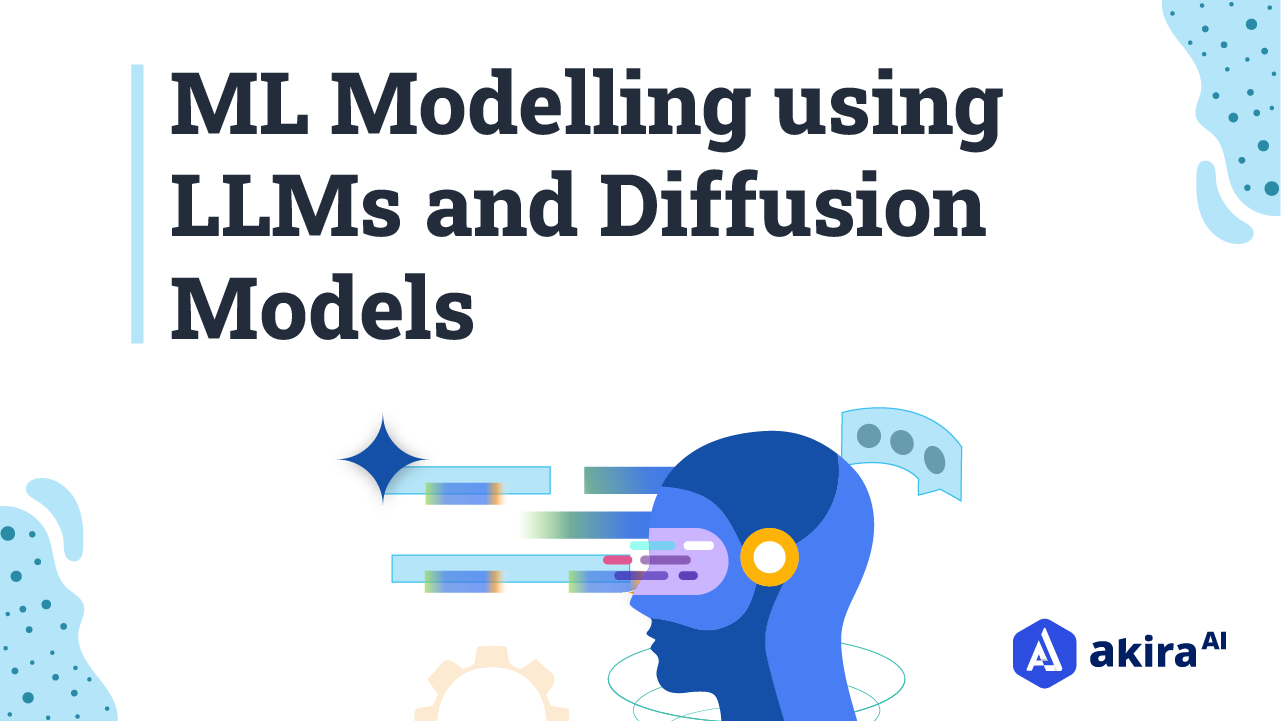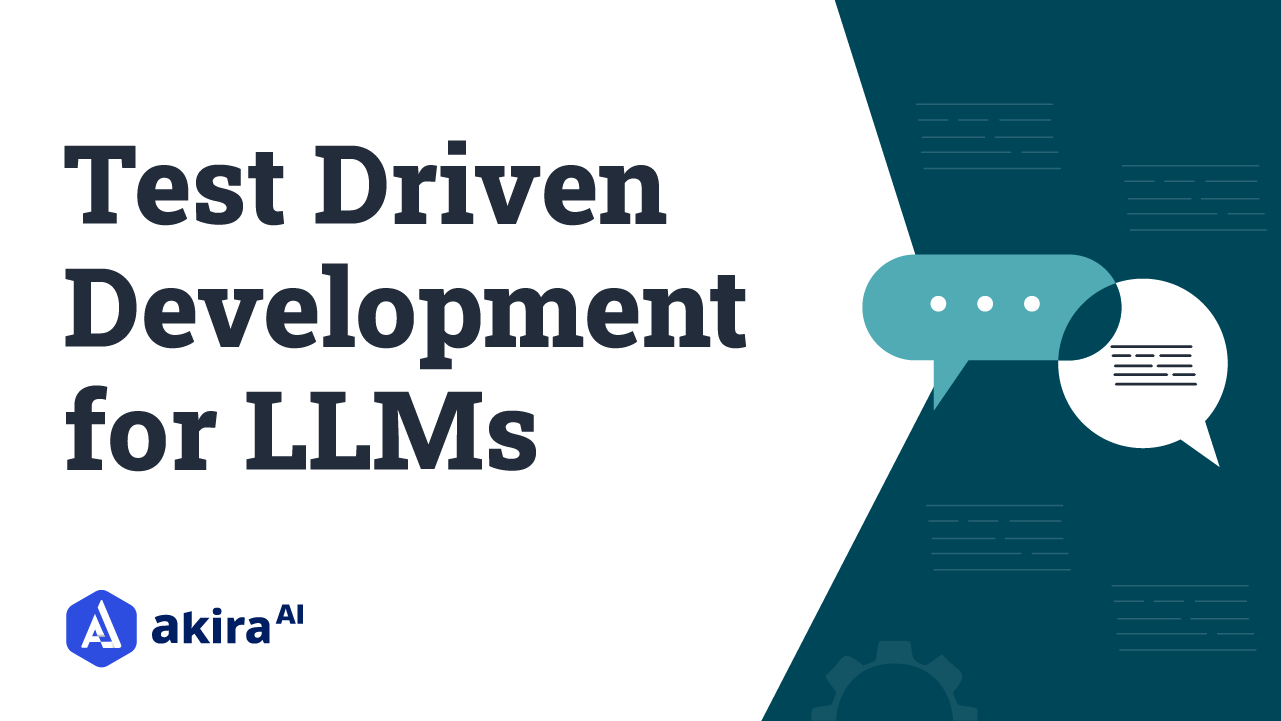Key Insights
Einstein SDR Agent autonomously engages with inbound leads, in natural language, to answer questions, handle objections, and book meetings for human sellers Einstein Sales Coach Agent autonomously engages in role-plays with sellers, simulating a buyer during discovery, pitch, or negotiation calls Accenture will leverage these agents to improve deal team effectiveness, scale to support more deals, and allow their people to focus their time and effort on the most complex deals

-
What is Observability?
Observability in the context of LLMs refers to the systematic practice of scrutinizing and comprehending the intricacies of a model's performance and behaviour. This scrutiny involves gathering critical information about various facets of the model, such as its input mechanisms, output results, and even its inner workings. The insights derived from this data can then be used for troubleshooting and performance optimization.
By collecting data from the three pillars (Metrics, Logs, and Traces), you can gain a comprehensive understanding of the model's behaviour. This information can be used to identify problems, such as:
-
i. The model is generating incorrect or misleading output.
ii. The model is taking too long to generate output.
iii. The model is crashing or producing errors.
Observability can also be used to improve the performance of LLMs. By understanding how the model works, you can identify ways to improve its accuracy, efficiency, and scalability.
The necessity of Observability in LLMs
In today's digitally connected world, Large Language Models (LLMs) have carved a niche for themselves by excelling in tasks such as text generation, language translation, and the creation of diverse forms of creative content. Despite their versatility and power, the complex nature of these models makes them challenging to manage and understand. This is where the critical role of observability for Large Language Models comes into play.
1. Ensuring Reliability and Accuracy
One of the primary reasons for the rising importance of LLM observability is its capacity to bolster the model's reliability and accuracy. Real-time performance monitoring allows for the early detection of operational hitches or inaccuracies, making it possible to rectify issues before they escalate into larger problems affecting end-users.
2. Enhancing Performance Metrics
Beyond just troubleshooting, observability grants an understanding of the model's operational nuances. This deeper comprehension can lead to identifying methods for improving not just its accuracy but also its efficiency and scalability. In essence, observability acts as the diagnostic tool for fine-tuning Large Language Models, thereby enabling enhanced performance.
3. Risk Mitigation
The third pillar that underlines the necessity for observability is risk management. LLMs are potent, but they are not without their hazards. Whether it’s in generating text or other functions, the ability to pre-emptively identify and inhibit the production of harmful or inappropriate content is vital. Observability equips organizations with the tools to do just that, making it an indispensable aspect of responsible LLM deployment and management.
Key Aspects of LLM Observability
Look out some of the key features of LLM Observability:
1. Performance Tracking
The bedrock of LLM Observability lies in consistent performance tracking. This process gathers pivotal metrics around the LLM's functionality—how accurate are its predictions, what is the response time, and what kind of errors are observed? These metrics not only highlight issues like biases but also pave the way for rectifications.
Different techniques can be employed for performance tracking. Metrics like accuracy, precision, and recall remain popular choices. While accuracy gauges the proportion of correct predictions, precision evaluates the relevance of these predictions. Recall, on the other hand, quantifies how many relevant results are captured by the model.
Logging is another method for performance tracking. It provides an in-depth log of model behaviour, including inputs, outputs, errors, and other anomalies. This granular information is instrumental in diagnosing issues with the LLM.
2. In-Depth Comprehension
Beyond tracking, gaining a deep understanding of LLMs is paramount. This entails scrutinizing the training data, elucidating the decision-making algorithms, and recognizing any limitations. Acquiring this knowledge makes it easier to pinpoint and rectify model-related issues.
Understanding the distribution of training data is vital, as biases in the data can translate into model biases. Similarly, an analysis of the decision-making mechanics helps identify possible biases or inaccuracies within the model.
Lastly, recognizing LLM limitations is invaluable. While these models are advanced, they are not infallible. They can exhibit biases, generate errors, and are susceptible to specific input anomalies.
3. Accuracy Optimization
A principal objective of LLM Observability is to enhance model accuracy, which involves identifying and mitigating biases and errors.
Bias detection is one prevalent technique to maintain accuracy. This methodology uncovers systematic biases within the model's predictive outcomes. For instance, if a particular demographic is favoured by the model's predictions, it points to a bias.
Error detection is another robust technique to safeguard accuracy. This approach flags any inaccuracies in the model's output, like incorrect categorizations. Once identified, biases and errors can be corrected through various measures like retraining the model on diverse datasets or fine-tuning model parameters.
4. Reliability Assurance
Ensuring LLM reliability is another cornerstone of Observability. The goal is to verify that the models are robust and can adapt to a wide array of input scenarios.
Stress testing is a popular method for ascertaining reliability. It pushes the model to its limits by presenting a broad spectrum of inputs, especially those designed to challenge the model. A reliable model will navigate these scenarios without crashing or generating false outputs.
Fault tolerance is another strategy to buttress reliability. This design principle allows the model to continue functioning smoothly even when certain components face failures. For example, a resilient model should still yield accurate predictions if one of its layers malfunctions.
By meticulously tracking performance, enhancing understanding, optimizing accuracy, and assuring reliability, LLM Observability aims to make LLMs more dependable and trustworthy.
Techniques for monitoring LLMs
Monitoring the techniques will ensure efficiency at every step. Here, are some techniques to monitor LLMs:
1. Activity Logging
Activity logging offers a systematic approach to capture critical data that sheds light on a model's functioning. It allows for real-time debugging and diagnostics.
When monitoring LLMs, it's essential to focus on pivotal events. These could include the model's input and output data, error occurrences, or any unusual behaviour. Such information aids in isolating any complications like model biases or errors.
What to log
i. Input and output data
ii. Input and output data
iii. Input and output data
iv. Input and output data
2. Performance Indicators
Performance indicators or KPIs (Key Performance Indicators) offer numerical evaluations that provide insights into an LLM's effectiveness. Key metrics often used for assessing LLMs are accuracy, precision, and recall. These metrics allow you to gauge how well the model is performing, facilitating targeted improvements.
For instance, a declining accuracy rate over a period could signal a growing bias within the model, demanding immediate action.
3. Detecting Anomalies
Anomaly detection serves as a robust tool for recognizing aberrations or outliers in model behaviour, which could be indicative of biases or functional issues.
The methodology behind anomaly detection is the identification of data patterns that deviate substantially from the norm. Such outlier data is tagged as anomalous.
For instance, a sudden surge in the error rate could represent an anomaly and might imply that the model is malfunctioning or developing biases. Various techniques like statistical models or machine learning algorithms can be deployed for anomaly detection.
4. Decision Interpretability
Understanding the rationale behind a model's decisions is crucial, and explainability methods serve this purpose. These techniques can uncover biases in decision-making and help in fine-tuning the model for greater accuracy.
These methods offer a window into a model’s reasoning pathway, either by tracking the computational steps it undergoes or by providing natural language explanations for its choices.
For example, if an LLM is tasked with predicting someone’s gender, explainability methods can reveal the rationale behind the decision. This can help identify and rectify any existing biases.
Decision interpretability techniques can thus significantly contribute to enhancing a model’s accuracy by identifying and rectifying biases.
Tools for LLM Observability
At this point of time, there are multiple tools that one can use for LLM Observability.
Some of them are:
1. Arize:
This is one of the most popular LLM Observability tool out there. They allow you to monitor the LLM model’s prompts plus response embeddings performance.
They also allow to automatically group data points that are similar (semantically) and sort them based on performance.
2. WhyLabs:
This is also one of the major players when it comes to observability of the ML models. This platform provides quite a straightforward presentation of result, outlier detection, histograms, data drift monitoring and missing feature values.
3. MLFlow:
It is an open-source platform that one can use to manage the lifecycle of a ML model.
They have four components:
a. MLflow Tracking
b. MLflow Projects
c. MLflow Models
d. Model Registry
Challenges of LLM Observability
Please go through the below mentioned challenges faced in the LLM Observability:
1. Intricacy of LLM Architectures
Large Language Models (LLMs) are inherently intricate, composed of multiple layers of interconnected neurons. Deciphering the interaction between these layers can pose significant challenges for observability, rendering monitoring a complex task.
2. Absence of Universal Performance Indicators
When it comes to LLM Observability, there's a glaring absence of universally accepted metrics. Organizations often employ varying measures such as accuracy, precision, or recall, making it strenuous to conduct comparative analyses or establish industry best practices.
3. Data-Intensive Nature of LLMs
Effective observability for LLMs demands substantial data resources. These models require training on extensive datasets to ensure precise predictive capabilities. Organizations with limited access to large datasets may find this a daunting hurdle to overcome.
4. Requirement for Specialized Skills
-
The intricate nature of LLMs necessitates specialized expertise in machine learning and artificial intelligence. This skill gap can be a significant obstacle for organizations lacking the resources to onboard experts in the field.
-
Additional Considerations for LLM Observability
a. Financial Investment: Implementing LLM Observability often necessitates considerable investment in specialized tools and resources.
b. Time Constraints: The practice is time-intensive, involving the collation and scrutiny of large volumes of data.
c. Regulatory Compliance: Organizations may also need to navigate legal frameworks that govern the usage of LLMs, adding an extra layer of complexity to observability efforts.
Best practices for LLM Observability
The implementation of best practices will ensure better results. Some best practices of LLM Observability are as follows:
1. Clarify the Purpose and Targets of Your Large Language Model
The foundational step in enhancing LLM observability is crystal-clear comprehension of what the model aims to achieve. Grasping these objectives equips you with insights into which performance indicators should be at the forefront of your monitoring efforts. For instance, if your LLM is designed for text generation, you might focus on scrutinizing the quality, fluency, and range of the generated text.
2. Pinpoint Crucial Performance Indicators for Your LLM
Armed with a nuanced understanding of your LLM’s mission and goals, you can zero in on vital metrics to track. Such metrics serve as barometers for the model’s efficiency and can alert you to emerging issues. Commonly employed metrics in the Large Language Model landscape encompass elements like accuracy, precision, recall, and ethical fairness.
3. Adopt Context-Specific Monitoring Solutions
The realm of LLMs offers a diverse toolkit of monitoring methodologies, ranging from log capturing and metrics tracking to anomaly spotting and explicability features. The most suitable method varies depending on your specific LLM type and its application context.
4. Gather and Dissect LLM-Generated Data
After setting up tailored monitoring mechanisms, the next move is to amass and interpret the data emanating from your LLM. Data analytics can help pinpoint inefficiencies or areas of improvement, facilitating proactive troubleshooting.
5. Detect Faults or Inconsistencies in LLM Performance
By meticulously examining the harvested data, you can spotlight any operational hitches or inconsistencies that plague your Large Language Model. Such discrepancies may arise from numerous factors, including but not limited to, data biases, mis calibrated settings, or even hardware malfunctions.
6. Implement Corrective Actions for Identified Issues
Upon unearthing any performance hiccups, the next course of action involves remedial steps to rectify these challenges. Remediation might entail recalibrating the model, tweaking algorithmic parameters, or hardware-related troubleshooting.
7. Engage in Ongoing LLM Supervision and Refinement
Given the dynamic nature of LLMs, constant vigilance and real-time adjustments are pivotal for sustaining optimal performance. By continuously updating your monitoring strategy and making timely interventions, you bolster the reliability and credibility of your LLMs.
By adhering to these optimized strategies for LLM observability, you not only enhance performance but also contribute to building trustworthy and reliable Large Language Models.
Conclusion
LLM Observability is a critical practice for ensuring the reliable and trustworthy use of LLMs. By monitoring, understanding, and ensuring the accuracy and reliability of LLMs, organizations can mitigate the risks associated with these powerful AI models.


